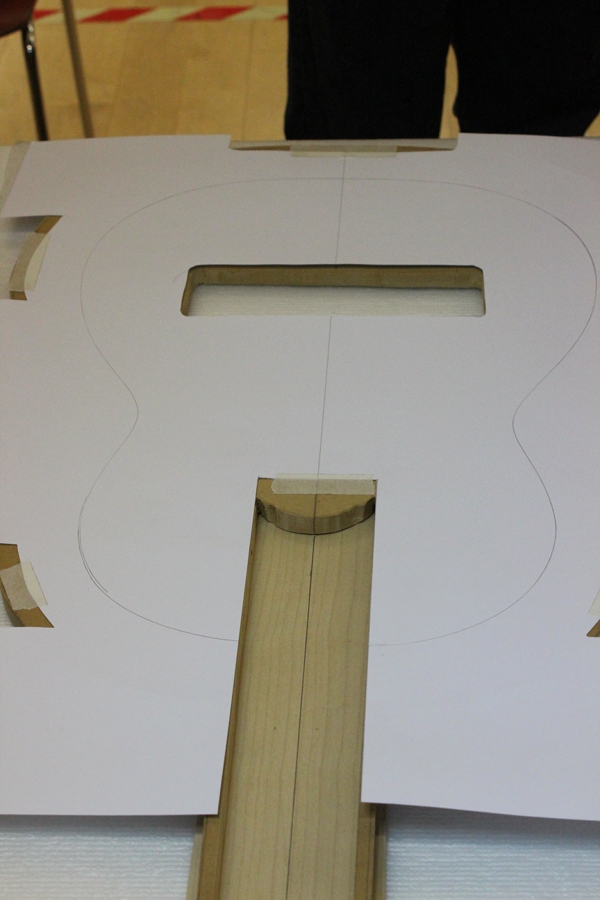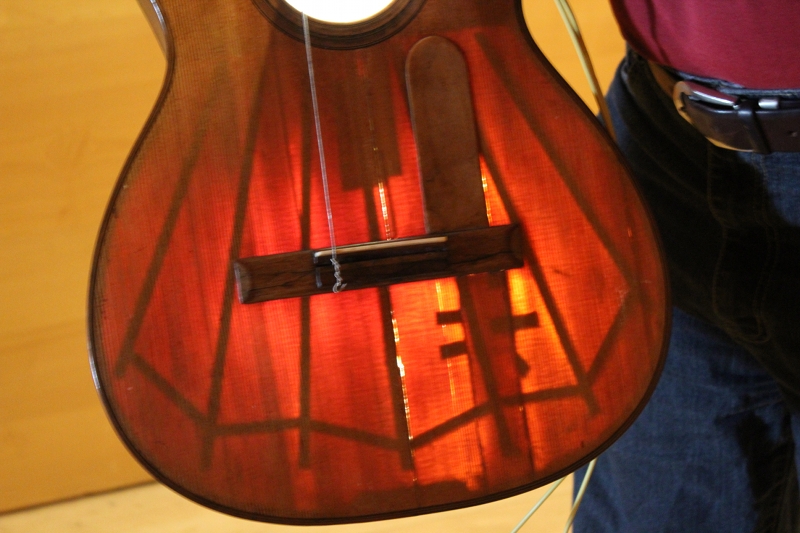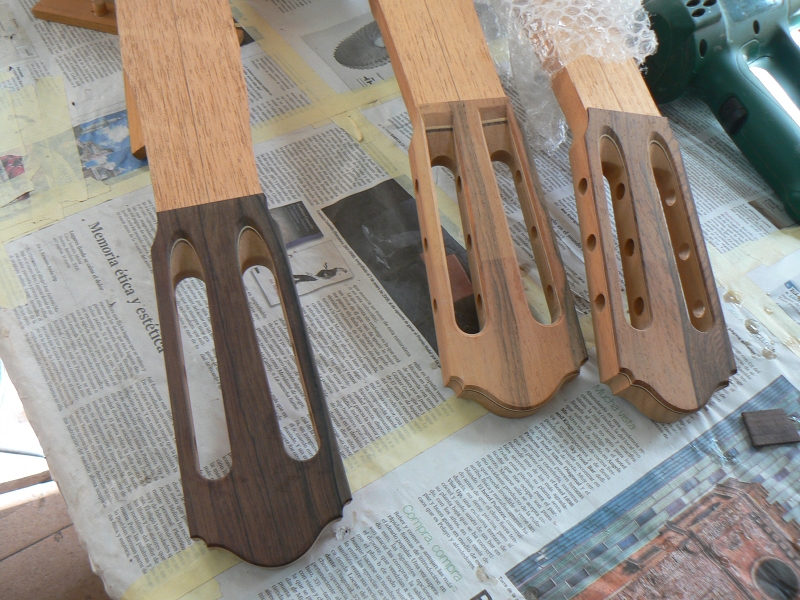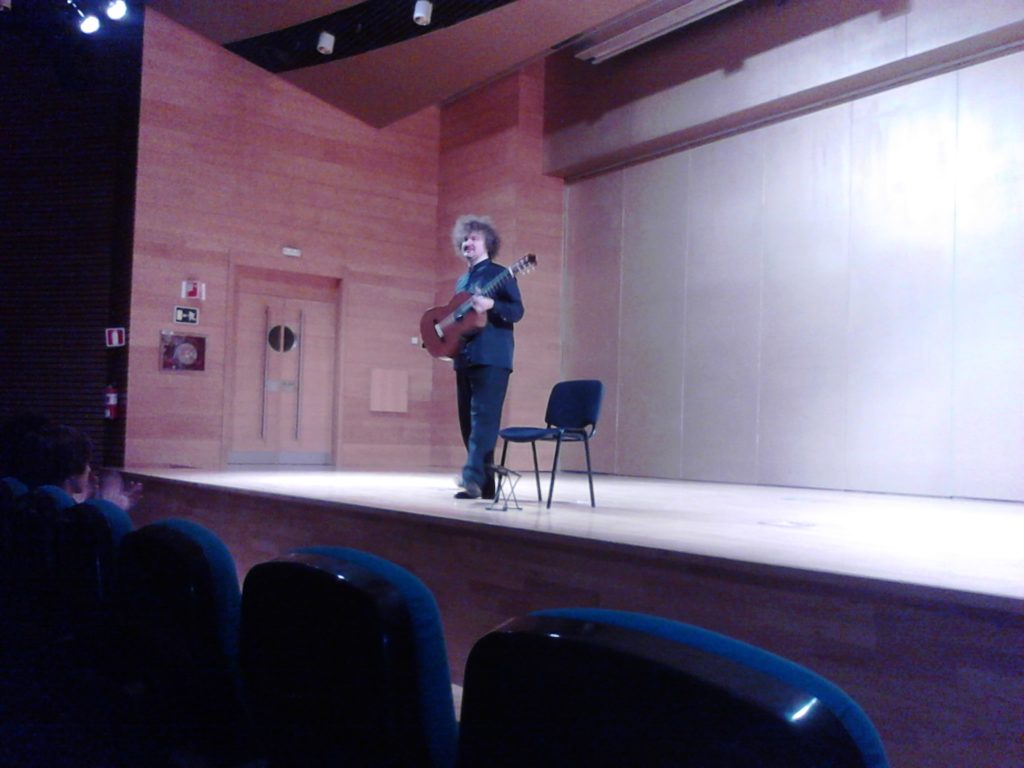Carles Trepat is perhaps the most interesting guitarist in Spain right now. His musicality and expression is second to none and his work in composing and arranging is bringing new repertory to our beloved instrument. Not only do I enjoy his playing but I am also a beneficiary of his generosity. As you might know I make a replica of the Torres that he owns and plays. He allowed me to examine it a number of times and then agreed to put the first finished copy through its paces and compare it side by side to the original. So about 30 Torres copies later I see that time as a turning point in my career.
Trepat gave a concert last night here in Granada and it was great on every level. Bach, Llobet’s catalan folksongs and Trepat’s own arrangements of Manuel Quiroga. He has been investigating the life and music of Padre Basilio (to whom we attribute the addition of the sixth string on the guitar) and played two pieces which he recently unearthed. One of his strengths (or weaknesses depending on the type of concert-goer you are) is how seriously he takes the music. From the moment he sat down to play right up to the end, not a word, not a drink of water, nothing. All his energy was focussed on expressing himself musically. My wife remarked on the contrast with Zoran Dukic whom we saw in January and who reaches out to the audience and talked about each piece. However, she enjoyed Trepat’s concert as much or more than Dukic’s.
Trepat is also known for the guitars he plays, he has the Torres I mentioned, the Pagés you see in the video, a Santos Hernandez, an Antonio Marin I have seen him play with an orchestra and last night he was playing on a Romanillos. My experience with Romanillos guitars is very limited but this was much better than the last one I heard, an excellent instrument.
Here is an interview with Trepat, in spanish and a bit more information about him this time in English.











